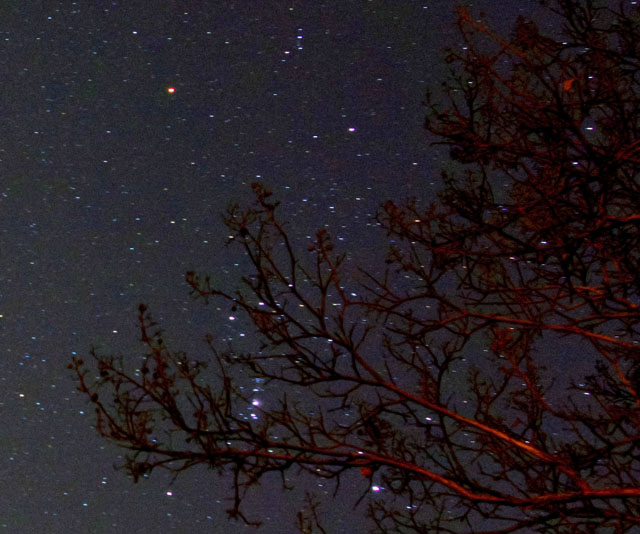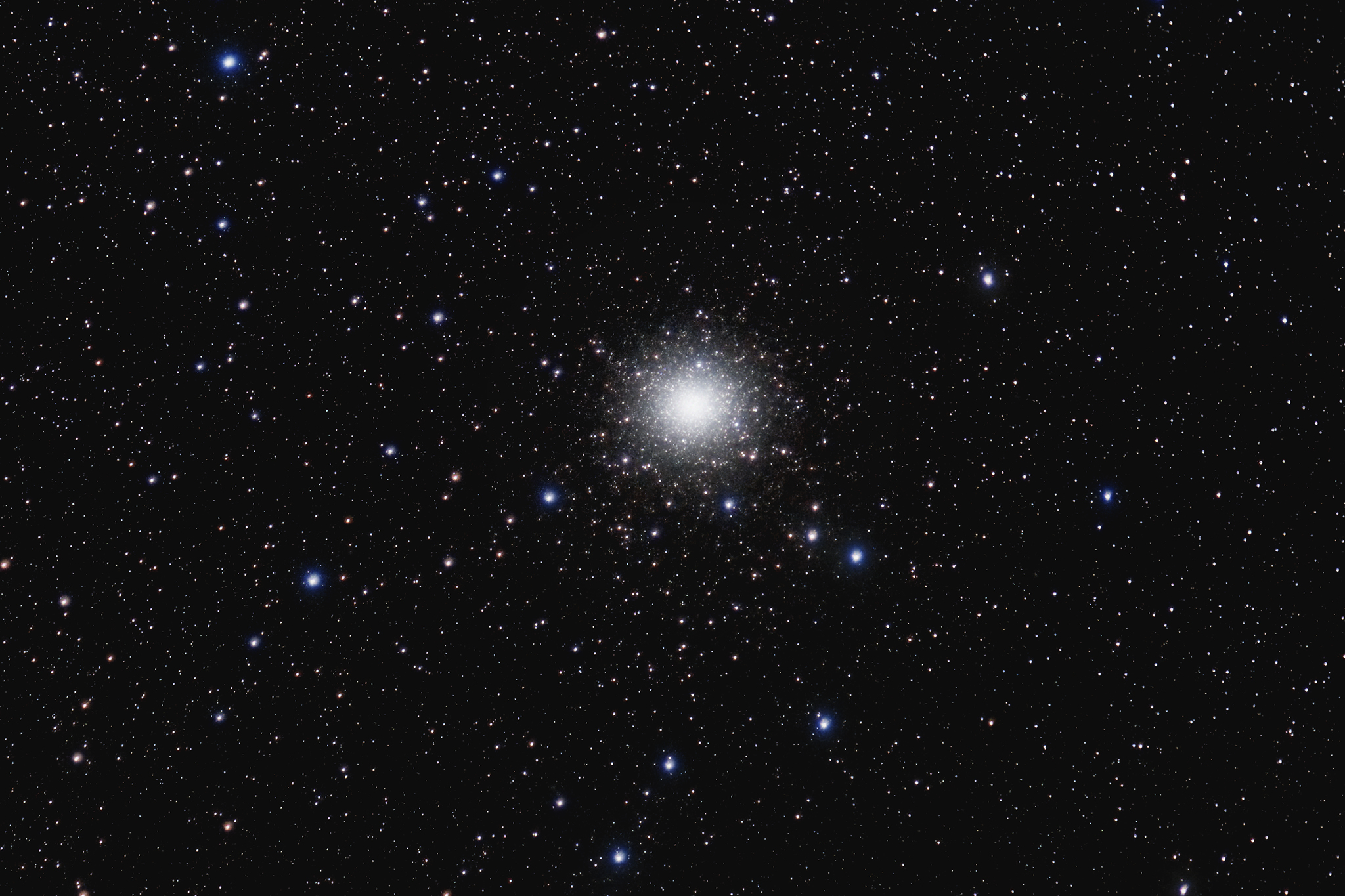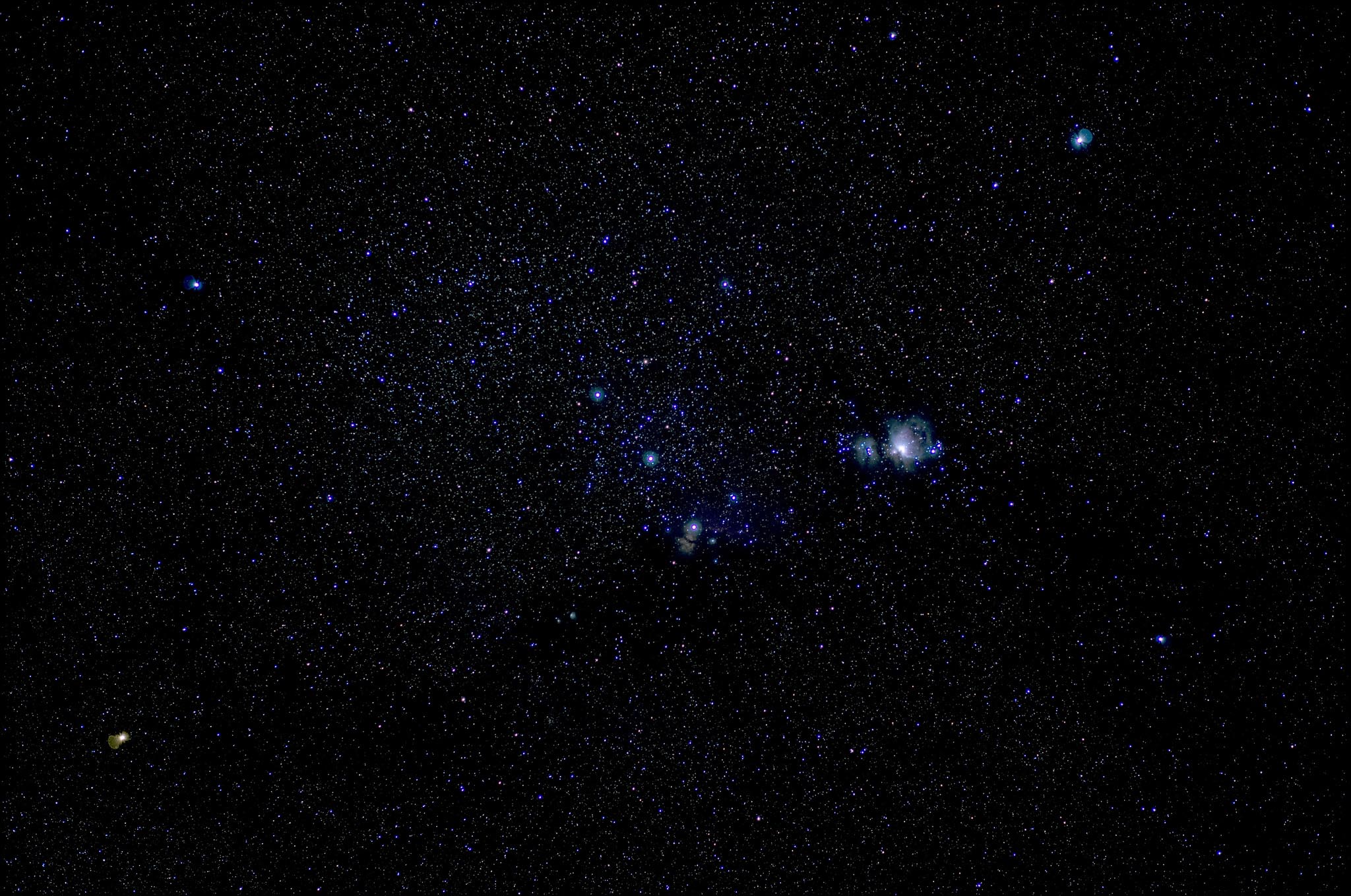- Images
- Blog
- Tools
- Questar
- The Questar telescope
- Questar resource links
- Search for Questar info
- 172mm Focal Reducer
- Afocal adapter for point and shoot camera
- Camera adapter lengths
- Camera adapter threading
- Camera connection
- Camera focusing
- Custom counterweight
- Drift Alignment Joy
- Finder Eyepiece Compatibility
- The Questar Moon 1981
- Questar Powerguide II Battery Life
- Questar Zone, How to Service Videos
- Red Dot finder mount for Questar
- Questar Viewing Table
- Wedge mounts
- White light solar filters comparison
- How to
- Get started in astronomy
- Astro RaspberryPi Camera and kin, the ASIAir and StellarMate
- Blind Smart-phone Equatorial Wedge or GEM Polar Alignment
- Camera phone adapter
- Celestron FirstScope with equatorial tripod mount
- Coat Pocket Astrophotography
- Day-lapse Images of Earthshine on the Crescent Moon
- Dobsonian Carrying Case
- DSO Astrophotography without a Telescope
- DSO imaging without a star tracker
- Estimating image resolution
- Lunar Eclipse Photography
- Moon photography - a dozen ways to shoot the Moon
- Meteor shower photography & planning
- Matching image sensor size to telescope resolution
- Narrow band imaging with color cameras
- Planetary Image Workflow
- Print and Display Astrophotography
- Observing
- Events
- More
- About
- Contact
Getting started in astrophotography?
You want to get started in astrophotography - what telescope should you get? The answer is simple. Don't get a telescope!
For astrophotography the best beginner telescope is a camera lens. Almost any DSLR or mirrorless interchangeable lens camera can take great astrophotographs of many kinds of targets. Without the weight of a heavy telescope, stable tripods and star tracking mounts for camera lens based imaging are more portable and much less expensive.
Here's an example of an image made with a camera, tracking mount, tripod, and telephoto lens that cost less than $700 (2nd hand).
You need to learn skills and techniques that you don't need for regular photography. These same skills are needed with a telescope. They are easier to learn with a simpler, lighter, and less expensive camera based setup. Mistakes in equipment choice are easy to make when you are getting started. These mistakes are more expensive with a telescope based setup.
Some of skills that you will need to learn include:
- Finding and framing night sky targets in your camera's view.
- Focusing on low light targets.
- Balancing your camera and lens on a mount.
- Polar alignment of a tracking mount to allow long exposures or image stacking.
- Choosing the best exposure settings.
- Stacking images to create clear low noise composites.
- Gradient removal to reduce the effects of light pollution.
- Exposure stretching to bring out details.
Good single image astrophotography "snapshots" are rare. Combining multiple images and post processing tools are very important for astrophotographers. Most astro-photos that you see have had significant processing done after the image was taken. This isn't taking shortcuts, but necessary to overcome camera limitations. Some tasks require specialized image processing software tools and the skills to use them well. It is not unusual to spend hours gathering data for an image and then hours processing the image.
Point and shoot camera images
These examples demonstrate the importance of the tripod, mount, and processing. They were taken with an RX100 point and shoot camera using only its built-in telephoto lens. The first is single image astrophoto of Orion with just a bit of exposure adjustment:

Adding a star tracking motorized mount and stacking multiple images, produced the image below.
There are much better cameras for astrophotography, but you can start simply with almost any camera you own and take on new challenges one at a time. A camera, a steady tripod, and understanding the "rule of 500" to set your exposure time are all that you need to get started.
Rule of 500
For images from a fixed tripod the Rule of 500gives an approximate maximum exposure time before star trails are visible in your image.
Max-exposure-time = 500 / (lens-focal-length * crop-factor)
Divide 500 by the full frame equivalent focal length of your camera lens to get your maximum exposure time in seconds. For a crop sensor APS camera you must multiply the lens focal length by about 1.5 to get the full frame equivalent focal length. For a micro 4/3 sensor use 2 X, for a 1" sensor 2.7 X.
Tap test
Wind and vibrations can easily spoil long exposure or long focal length images. Use the tap test to figure out if your tripod and mount are steady enough for astrophotography with your camera and lens.
- Focus on a distant object with the maximum focal length that you will use with your camera in place on your tripod.
- Focus using the magnified focus view on your camera screen.
- With the magnified focus view still active, lightly tap the camera lens barrel.
- If the image shaking takes longer than two seconds to stop, then you need a sturdier tripod and mount. Less than one second will give much better results.
- If you don't have a magnified focus view, then you can shoot video and check the tap settling time later on a large monitor.
Exposure and focus
You will usually want to shoot with your aperture set wide open to shorten exposure time, although reducing it a stop or two may increase sharpness.
Typical ISO speed settings will range from 400 to 1600. Higher settings are useful for focusing and framing. Setting ISO too high will reduce the dynamic range of your image and may cause bright stars to loose their colors. ISO is just a gain setting and doesn't change the sensitivity of your camera sensor. You can often get better results by exposure stretching in post processing, than by increasing ISO.
Careful attention to focusing is important. Manual focusing with electronic aids like magnified image focus peaking is easier and more accurate than using an optical SLR focuser. Focus scales on lenses may not be accurate, so check your focus. Lenses with completely manual focusing are easiest to use for astrophotography.
Camera and equipment suggestions
Starting with equipment that you already have, quickly teaches you its limitations and clarifies the value of additional features. I've found the features and equipment below to be valuable. Listed in rough order of importance:
- a camera with manual long exposure time settings- A timed, bulb, or at least a 30" exposure speed setting will get you started.
- a remote release is best to avoid vibration- mechanical, IR, or wireless. Some cameras have a setting for shutter release delay of a few seconds which can substitute for a remote release.
- a tripod- Start with any that you have, but getting a heavy duty one will be a necessity later.
- removable camera lenses- If you get started with a point and shoot, you will want to move to a DSLR or mirrorless large sensor camera for better images. Prime lenses give much better quality star images than zooms and there are targets for everything from wide angle to long zoom lenses. Later, if you get a telescope, a camera with the lens removed is easier to mount on a telescope with an adapter.
- a mirror lock up setting, if you have a DSLR- This prevents camera shake from the mirror slap.
- electronic first curtain shutter- This feature when set will prevent blurring due to the shutter releasing at the start of an exposure.
- a tilting camera rear screen with a magnified focus view- Even better, if it has focus peaking, will make it much easier to focus with the camera view screen.
- good low light performance- This is measured by things like low noise and high dynamic range at high ISO speeds. ISO speeds from 400 to 6400 (on new low noise cameras) are typical for astrophotography.
- a sturdy camera tripod- One suitable for a medium format camera (~20 lb. load) will keep the camera with a telephoto lens or a star tracking mount steady for long exposures.
- a simple barn door tracker- Easy to make yourself, it will give you the ability to take longer exposures or use a telephoto lens.
- a motorized tracker will bring dim objects in reach- Quality star trackers can run from $300 to $1000. They vary in size, weight capacity, alignment, and time lapse features.
- additional head or adjustable wedge for polar alignmentIf you use a star tracking mount you will want to use a good ball head between the mount and the camera. You will also need a head for polar alignment between the tracking mount and the tripod. A pan and tilt head makes this much easier than a ball head. An adjustable astronomical wedge used here will make drift alignment much easier.
- lenses for wider or close up images- Expensive features like image stabilization, auto exposure, and auto focusing are useless for astrophotography. You can use manual focus lenses with good glass for a tiny fraction of what new auto-everything lenses or a telescope will cost. Old manual focus DSLR lenses are easily adapted to modern mirrorless cameras, because of short flange to sensor distances.
- an intervalometerto automate long sequences of exposures can be very helpful. Stand alone units that work with your camera's remote shutter release are inexpensive, but some cameras have this function built in. There are also apps for some cameras and smart phones that can do the job.
Many astrophotographers find that they never need a telescope for imaging. You will want a telescope to image certain types of targets: close up images of the planets or small far away galaxies. The kind of telescope will depend on what you want to image. Starting with a camera first, you will learn the skills needed for the next step and have a better idea of the telescope you need. Be prepared to spend an order of magnitude more in complexity and expense for astrophotography with a telescope.
An excellent resource with lots of tutorials for beginning astrophotographers is Lonely Speck. I've put together a couple of walk-throughs of equipment and techniques that I use for astrophotography without a telescope:
Content created: 2016-05-18 and last modified: 2019-04-29
Comments
![]() Submit comments or questions about this page.
Submit comments or questions about this page.
By submitting a comment, you agree that: it may be included here in whole or part, attributed to you, and its content is subject to the site wide Creative Commons licensing.

How to
Starter telescopes for beginners
Getting started in astrophotography?
Choose & setup a camera for astrophotography
Astro RaspberryPi Camera and kin, the ASIAir and StellarMate
Blind Smart-phone Equatorial Wedge or GEM Polar Alignment
Celestron FirstScope with equatorial tripod mount
Day-lapse Images of Earthshine on the Crescent Moon
DSO Astrophotography without a Telescope
DSO imaging without a star tracker
Overview & equipment for lunar eclipse photography
Framing and tracking a lunar eclipse
Moon photography - a dozen ways to shoot the Moon
Meteor shower photography & planning
Matching image sensor size to telescope resolution
Narrow band imaging with color cameras
Print and Display Astrophotography




 Lunar Eclipse Photography
Lunar Eclipse Photography